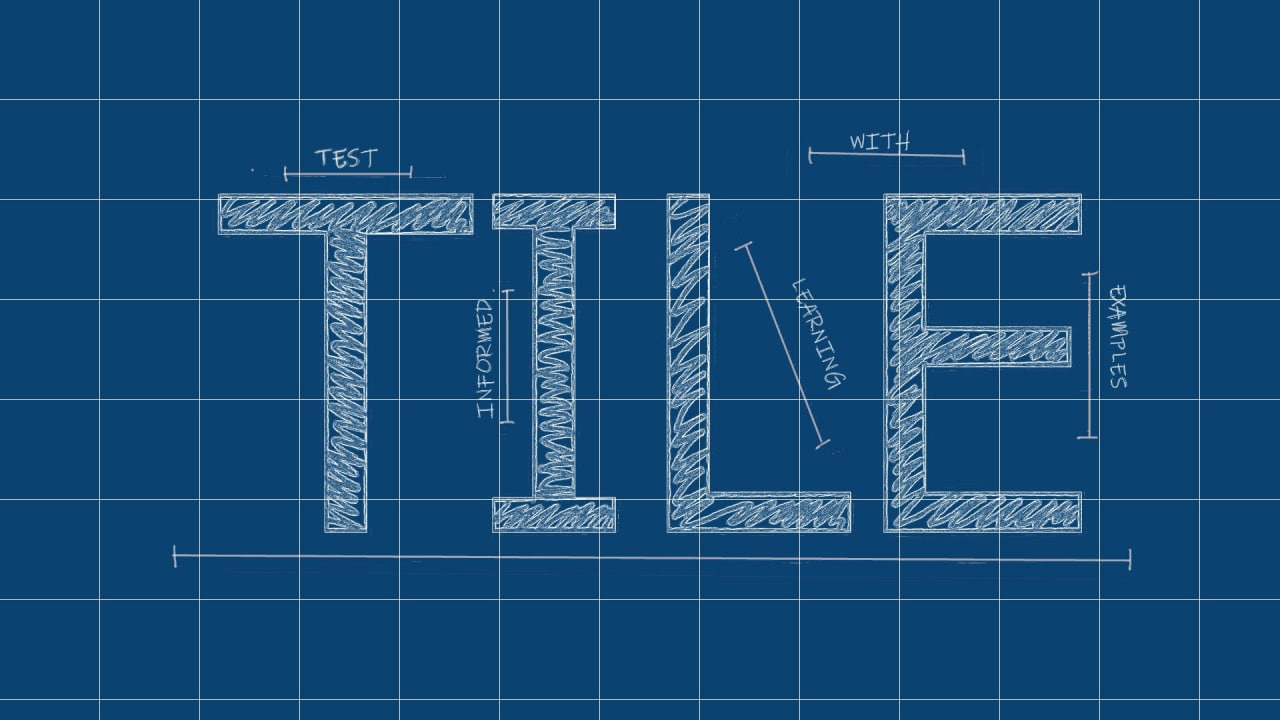Test Informed Learning with Examples

Repository with assignments using the Test Informed Learning with Examples (TILE) method to integrate testing into existing programming courses for free.
Menu
LinkedIN Community
Join our LinkedIN Community.
Cite this work
Use the following BibTeX entry to cite this work:
@INPROCEEDINGS{DVMB2023,
author={Doorn, Niels and Vos, Tanja and Marín, Beatriz and Barendsen, Erik},
booktitle={2023 IEEE Conference on Software Testing, Verification and Validation (ICST)},
title={Set the right example when teaching programming: Test Informed Learning with Examples (TILE)},
year={2023},
volume={},
number={},
pages={269-280},
doi={10.1109/ICST57152.2023.00033}
}
Mortal set theory
A famous syllogism says:
All humans are mortal.
Socrates is human.
Therefore Socrates is mortal.
In the following code, you will see multiple sets. The first contains all things (I know some are missing, but consider it complete for this problem). he second is a set of all people (assuming that the first set is really complete). The third contains everything that is mortal (again, assuming that is complete).
all = "Socrates", "Plato", "Eratosthenes", "Zeus", "Hera", "Athene", "Acropolis", "Cat", "Dog"
people = "Socrates", "Plato", "Eratosthenes"
mortals = "Socrates", "Plato", "Eratosthenes", "Cat", "Dog"
Use the set operators and their methods to show that it is true that:
a) all humans are mortal,
b) Socrates is human and
c) Socrates is mortal.
(d) there are mortal things that are not human, and
(e) there are things that are not mortal.